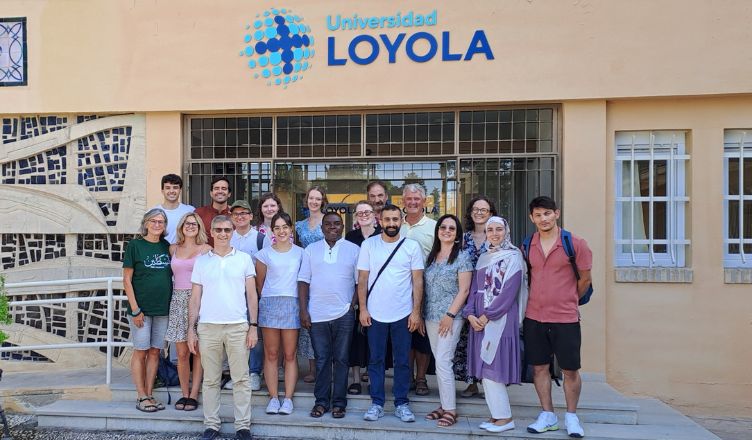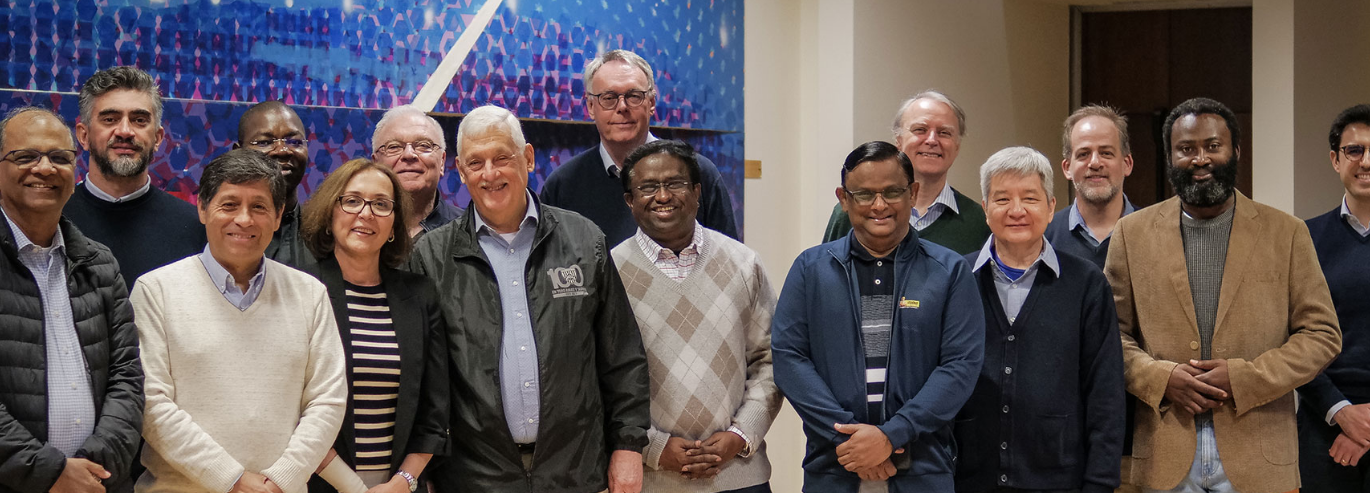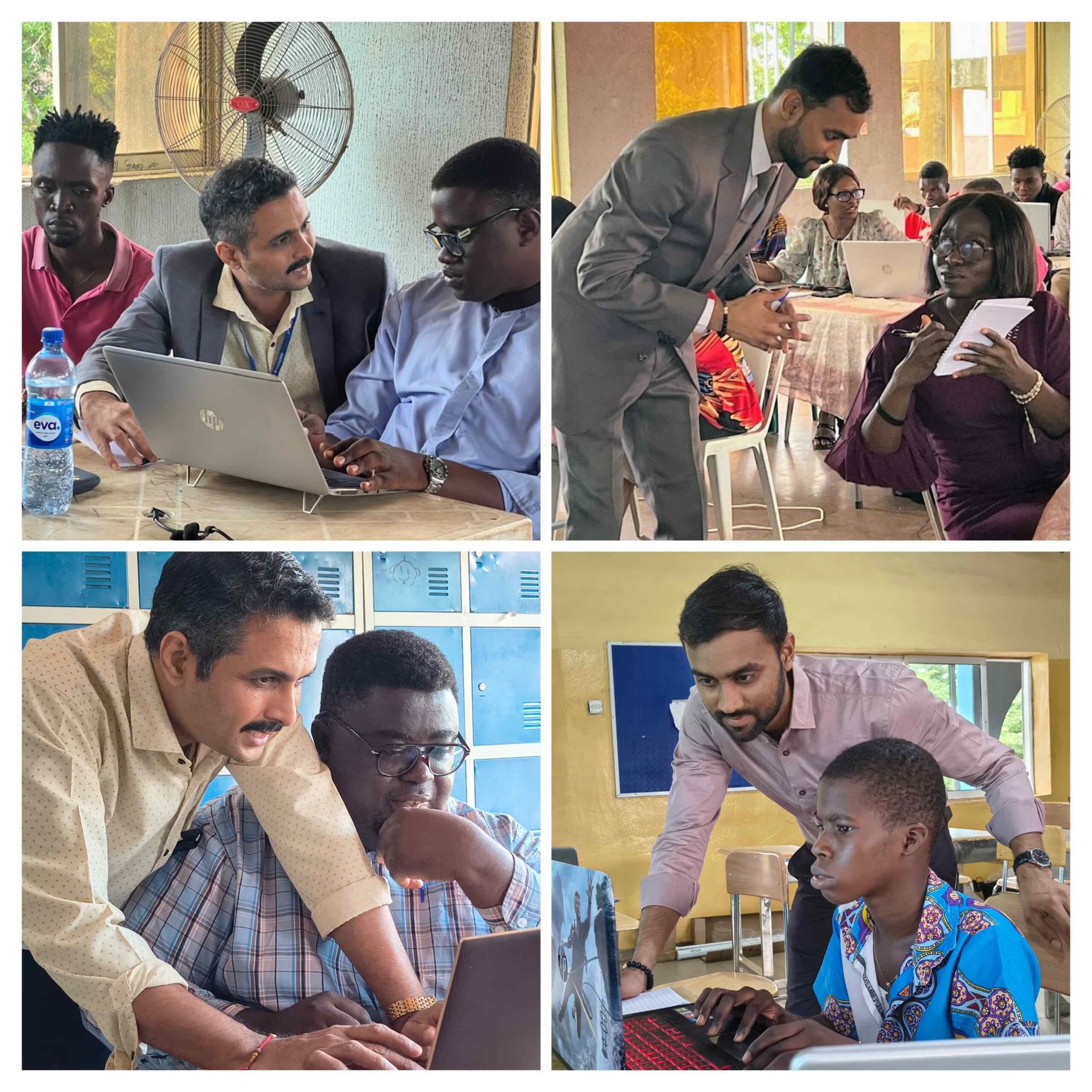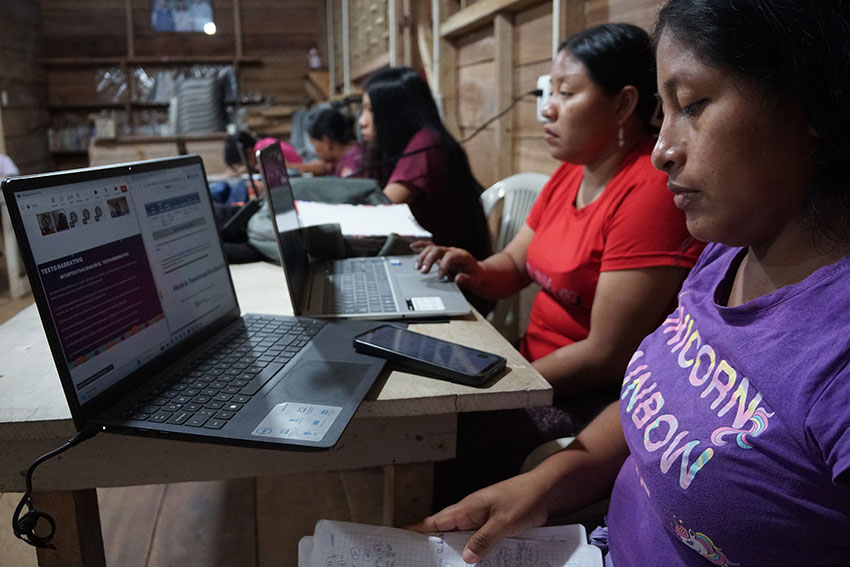Crossing Borders, Changing Lives: Migrants on the Spain-Morocco Border
Last month, from June 12 to 23, the University of San Francisco, Loyola Andalucía University and the Baraka Center carried out the faculty led program "Crossing Borders, Changing Lives: Migrants at the Spain Morocco Border", held in Seville, Cordoba, Granada and Nador (Morocco).
The program consisted of a few weeks of immersion that kept the students close to the reality of migration and the borders themselves. The collaboration between the two universities and the Baraka center, run by the Diocesan Delegation of Migration of the Diocese of Tangier, has resulted in field work in which the students have been able to develop their knowledge of migration in such conflictive borders as Morocco and Spain. In addition, different seminars have been held on topics related to the relationship between Christians and Muslims or inclusive communities.
The programme was a good example of collaboration between different academic and functional areas of the University working together in a missionary field of study that responds to one of the apostolic preferences of the Society of Jesus.
This programme is further proof of good networking, with two Jesuit universities and several institutions of the Society of Jesus' social sector, such as the volunteer Claver Foundation and the Jesuit Refugee Service, being part of it. Borja also adds: "the support of Erasmus +, through the K 171 programme, has also been very important to incorporate students from the University of Saint Joseph in Lebanon and the International University of Rabat who will bring intercultural vision and perspectives from various frontiers of the world."
During their stay in Seville, the students were able to broaden their horizons by attending seminars and master classes on topics such as migration and gender or the challenges of Spain's southern border. They also visited the Andalusian Agency for International Development Cooperation. Similarly, in Cordoba and Granada they continued to attend training and networking sessions, as well as visits to the cultural heritage of these cities such as the Mosque Cathedral or the Alhambra.
All this work was completed with a final week in Nador, where they have been in contact with the Baraka professional training center, which facilitates access to the job market for the most vulnerable young people in the city. There, they were in contact and held dialogues with migrants who told them about their experiences, always treated with respect and without trying to interfere or modify anything, in addition to a visit to the Daughters of Charity and other cultural visits. Monowara Hossain, student from USF, could conclude that the programme was a perfect tool to gain perspective “into how it impacts local communities, organizations, government officials, humanitarian workers and the migrants themselves. […] It was an emotional and eye-opening experience for me to learn what it takes to cross the border and the impact it has on both communities. After this trip, I believe it is extremely important to visit the border to enhance your in-class learning.”
The programme was a perfect tool to gain perspective “into how it impacts local communities, organizations, government officials, humanitarian workers and the migrants themselves. […] It was an emotional and eye-opening experience for me to learn what it takes to cross the border and the impact it has on both communities. After this trip, I believe it is extremely important to visit the border to enhance your in-class learning.
The programme was a opportunity to get to know on the ground the reality of migration in a very specific geopolitical space that, for students from the United States, is very distant and inaccessible [...] it has been a transformative and very revealing experience for them.
Talking to migrants has allowed us to better understand the reasons why people migrate, but also the difficult living conditions in which they live. Some of them even talked to us about solutions and initiatives that should be implemented to counteract the negative aspects of migration.
The work carried out during the time the program lasted has served not only to change the point of view of the students who carried it out, but it is also an example of new ways of approaching the study of migration today, turning it into an active and immersive study, making students more aware of the problem in frontiers far from their own.









